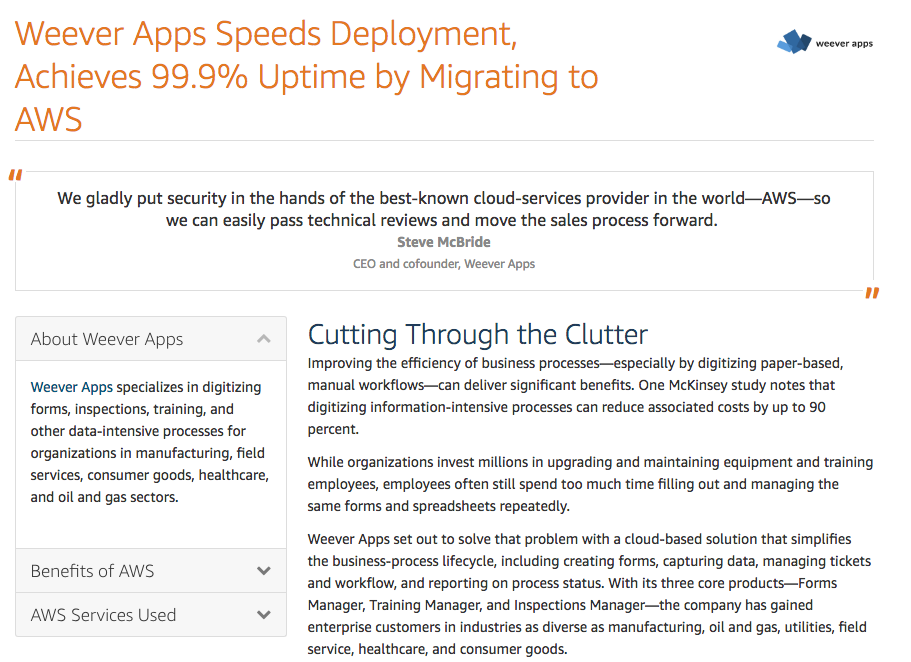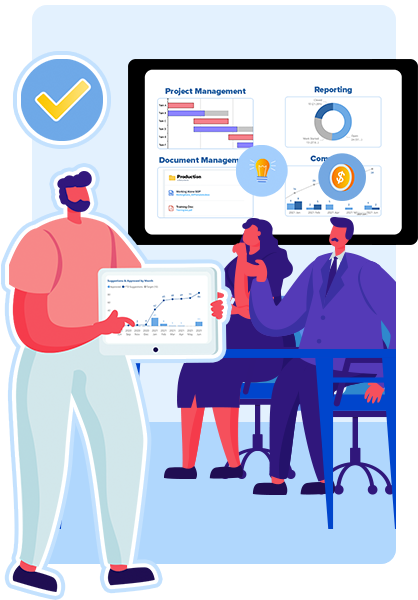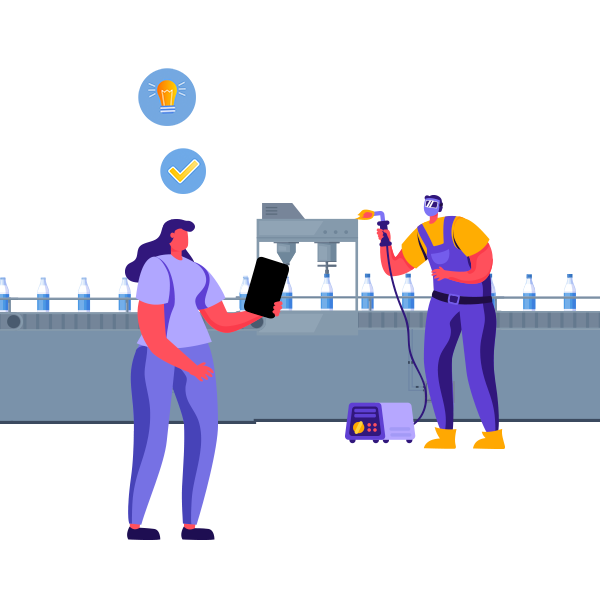How to protect essential workers in the factory.
Over 20 tips on how to keep factory workers safe and productive during a global pandemic.
Weever is a continuous improvement software company. We work primarily with manufacturers in the food/beverage and consumer packaged goods (CPG) space. Our customers are the brands that fill your pantries and bathrooms.
As you can imagine almost everything changed for our customers in early March when the pandemic put them in a very awkward spot: you are essential, keep all your employees safe, prevent COVID breakouts, and keep your production lines running. What a challenge!
During conversations with factory operations professionals I’ve learned a good deal about how “social distancing in the factory” works, and we’d like to share some broad themes for how to approach it.
This blog will be divided into four sections:
- Physical Distancing
- Anti-Microbial
- Employee Risk Identification
- Employee Engagement
Hopefully there are some new ideas for your workplace.
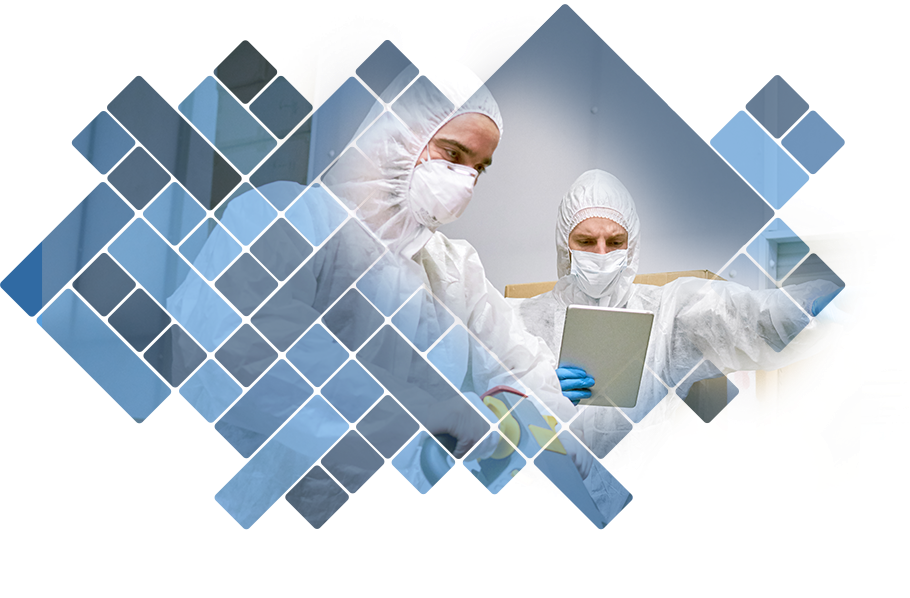
1) Physical Distancing
How do we keep employees a safe distance while at work? Here are some ideas:
- If you have multiple lines and shifts in your factory, isolate them. Consider putting up plastic drop cloths between areas where traffic doesn’t need to commingle i.e. between lines.
- Provide separate changeroom and lunchroom facilities for each line/shift
- Stagger shift start/end times to allow a window between when groups of employees are there. I.e. End a shift at 3:45 and start the next at 4:15.
- Sanitize between shifts.
- Place plexiglass between workstations when associates can’t be 6’ apart while working
- Consider marking the floors with tape indicating where 6’ of safe social distance is. If it makes sense, mark traffic flows on the plant floor with arrows so people are moving in the same direction.
- Eliminate all non-essential traffic to the floor. Managers, engineers, etc who don’t need to be there, or who can manage workflows remotely should do so. This reduces employee density. We wrote a separate blog regarding this if your current data capture doesn’t allow remote workflows.
- Reduce or rearrange the seating in the lunchroom. You can also stagger breaks so that staff are not in the lunchroom at the same time.
- In the event of an emergency evacuation, consider adding more mustering points so that groups can be accounted for safely.
- Reduce room capacity at the plant
- Here are some guidelines that are recommended by the FDA
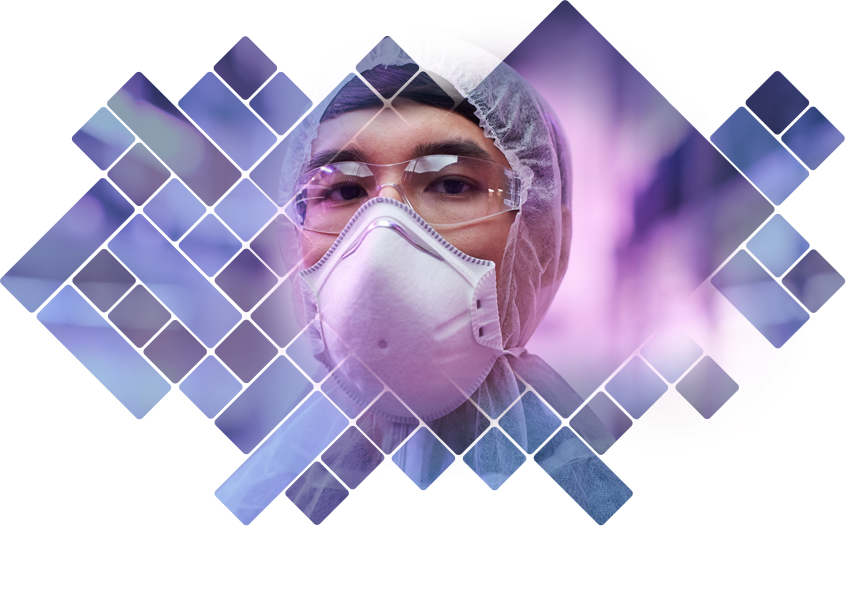
2) Anti-Microbial
Here are some general ideas on how to keep a sanitary work environment. Covid can live anywhere from 2-72 hours on surfaces, depending on the material.
- Have hand sanitizer placed all over the floor, and ask employees to use it regularly even if wearing gloves.
- Sanitize all common surfaces regularly.
- Give employees their own spray sanitizer to use themselves. It's like autonomous maintenance, but for germs.
- Cover common areas like doorknobs with passive anti-microbial materials
- Have a contingency plan for if there’s a COVID scare or breakout. How long will the plant be closed for, who will sanitize using what chemicals etc?
- Where possible, reduce the paper forms being passed between associates. Tablets running software to capture front-line data are easily sanitized. Find out more about that here.
Provide employees masks or face shields – whether voluntary or mandatory – reduce the risk from a-symptomatic employees - Provide special safe and sanitary glove disposal stations
3) Identify Risk from Potentially Sick Employees
If you’ve been to the hospital or even the grocery store lately you might have been stopped by a security guard asking some tough questions. It's uncomfortable, but important to protect the health of employees. The poor health of one could affect the whole plant!
- Provide an entrance survey everyday that makes staff confirm that they are statistically low risk for having COVID-19. Ask questions like: “Have you travelled the last 14 days?” “Have you been in contact with anyone with symptoms?”
- Use a tablet with software that can capture a signature to do this. That surface can be sanitized regularly, and the forms will be saved for posterity. This may encourage people with mild symptoms from cold/flu to stay home - just in case.
- Restrict access and exit to one or two controlled points.
- Proactively encourage people to stay home if they have symptoms, no matter how mild.
- Encourage a buddy system to remind everybody that the health of one could widely impact the health of the whole team.
4) Employee Engagement
This is the human element. Leaders are telling people to “stay home” and every one of your employees has asked the question “Is it worth continuing to go into work?” These suggestions will help keep morale up while they provide essential services:
- Many states and provinces are offering special benefits to people out of work due to COVID. Is your compensation package advantageous to people who still choose to work? If not, consider a raise.
- Help employees avoid public transit. Set up an Uber-business account so people can get to and from work with the least exposure possible
- Employee suggestions are particularly important at this time. Make sure people are recognized and rewarded for participation. Weever offers a digital rewards store to allow associates to get points for things like employee suggestions, survey submissions, or safety observations – they can trade those in for gifts/rewards from a customizable store
- Make employee suggestions trackable – so they can see their ideas are being taken seriously
- To replace “shift huddles” have shift or line supervisors meet with department / operational heads regularly for a clear line of communication from associates to decision makers
- Provide new lines of communication like an anonymous survey via email or paper submission on how the company is doing. Make the results public and actively discuss remediation to build transparency and trust
We’re certain most manufacturers have adopted some combination of these already. You can personalize them to your factory and circumstances.
We had one company tell us they gave their employees a shot of ginger to help boost their immune system at the beginning of each shift!
The trouble with COVID is we don’t know if we will have to adopt this new reality for another few weeks, months, or years. Hopefully this blog gave you some new ideas on how to keep your employees safe and your factory productive!
Related blog posts by Weever
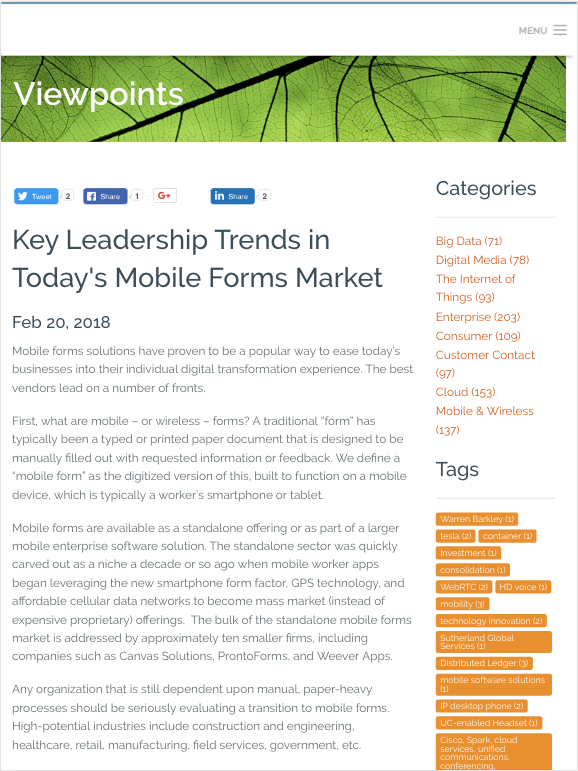
Key Leadership Trends in Today’s Mobile Forms Market
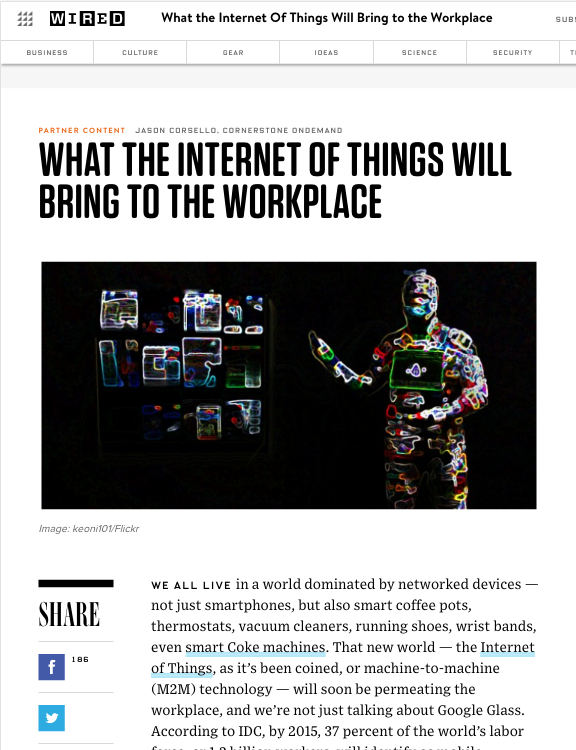
What the Internet Of Things Will Bring to the Workplace
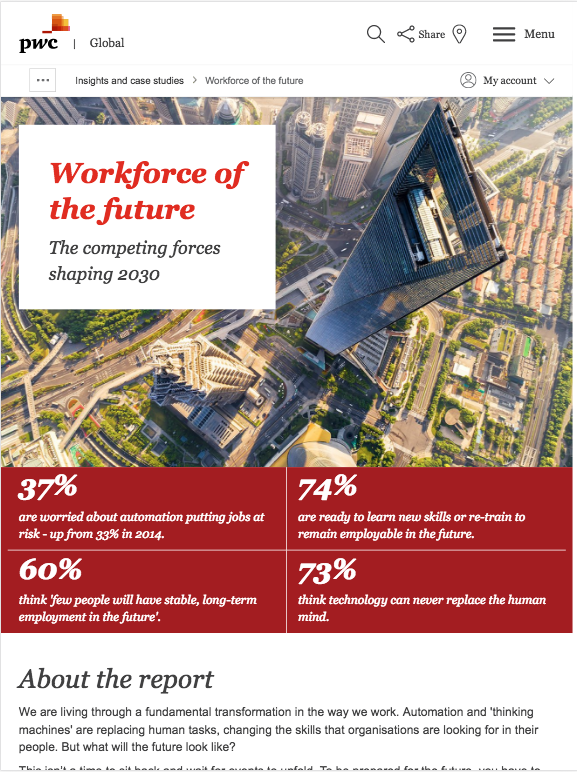
Workforce of the future

27 Stats about Digital Workplace Transformation

How Executives Around The World View Industry 4.0
